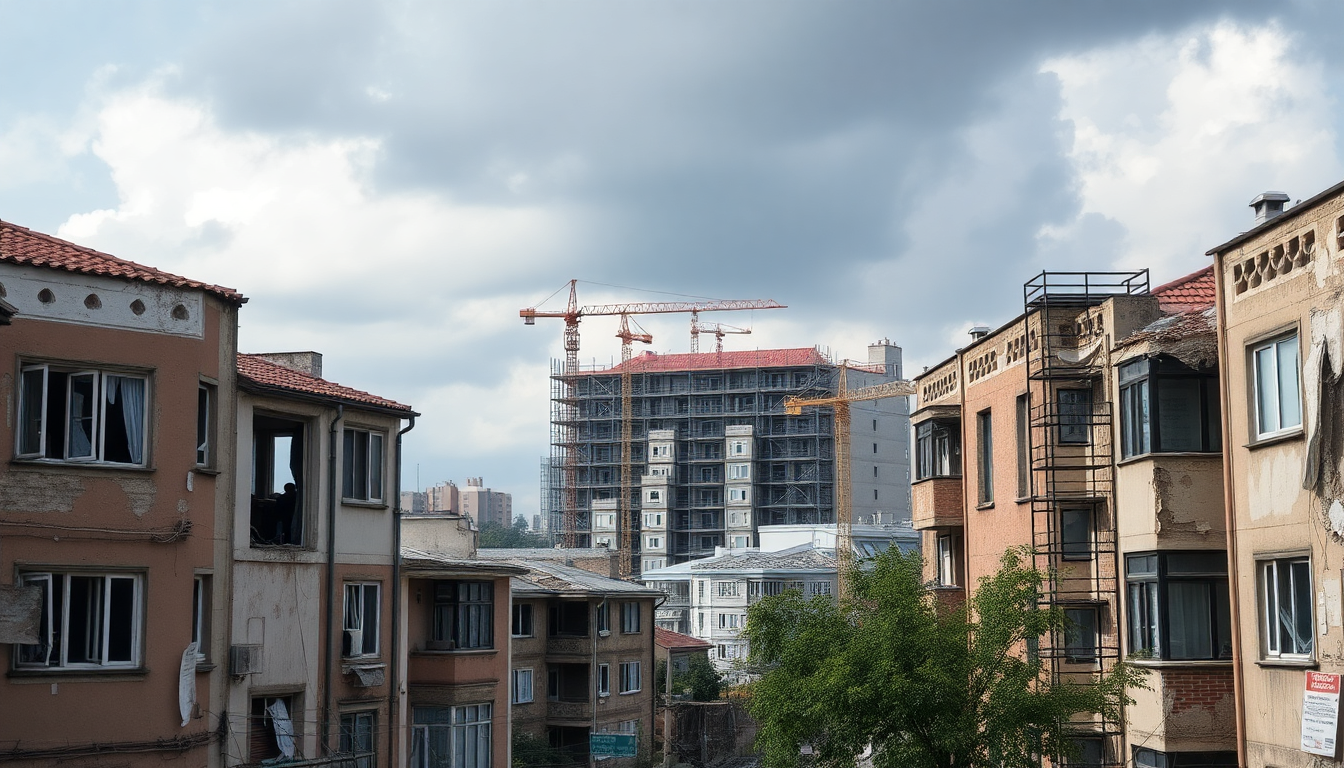Table of Contents
Natural disasters can have profound effects on real estate markets, shaking up property values, altering investor sentiment, and reshaping future development opportunities. Have you ever wondered how these catastrophic events influence the housing landscape? Understanding these dynamics is crucial for buyers and investors eager to navigate the complexities of the market in the aftermath of such events. Let’s dive into how natural disasters can reshape real estate landscapes, focusing on data-driven insights and the all-important factor of location.
Market Overview: The Immediate Aftermath
Right after a natural disaster strikes, the real estate market can go through some serious ups and downs. Property values often take a hit, reflecting the perceived risks and damages linked to the event. Take Hurricane Harvey, for instance; after it hit Texas, numerous neighborhoods experienced a temporary drop in property prices as the extent of the destruction became evident. But here’s the kicker: this decline can also open up unique opportunities for savvy investors.
Data from trusted sources like OMI and Nomisma show that affected regions can experience both short-term declines and significant long-term recoveries. For example, some neighborhoods that were once shunned due to flooding risks have undergone revitalization efforts, leading to increased property values over time. This trend perfectly illustrates the mantra of ‘location, location, location’—where the right investments in the right areas can yield impressive returns.
Analyzing Impacted Areas and Property Types
Pinpointing the specific areas and types of properties most affected by natural disasters is essential for making informed investment decisions. Generally, residential properties in flood-prone zones bear the brunt of the impact. But it’s not just homes—commercial properties can also feel the heat, depending on their location and the resilience of local infrastructure.
Luxury properties in upscale neighborhoods may initially suffer from negative sentiment, but they can bounce back quickly as buyers seek opportunities in coveted locations. Investors should keep a keen eye on local market trends, including sale prices and inventory levels, to identify potential gems amidst the chaos.
Don’t forget that building codes and regulations can change after a disaster, further shifting market dynamics. Areas that impose stricter building standards may see property values rise as new developments attract buyers who prioritize safety and resilience.
Investment Trends and Future Opportunities
Investment trends can shift dramatically in the wake of natural disasters. Historically, regions that endure such events often become prime spots for investment as recovery efforts kick into gear. So, what should investors keep in mind when evaluating potential opportunities?
– **Understanding the recovery timeline:** Some areas bounce back quickly, while others may take years to fully recover.
– **Evaluating infrastructure improvements:** Post-disaster recovery often brings significant investments in local infrastructure, enhancing property values.
– **Monitoring government incentives:** Local governments might offer tax breaks or other incentives to stimulate rebuilding efforts, making certain investments more appealing.
Ultimately, those who approach the market with a data-driven mindset and focus on long-term ROI can uncover lucrative opportunities, even when faced with adversity.
Practical Advice for Buyers and Investors
For potential buyers and investors, practical strategies can help navigate the complexities of the market after a disaster. First off, conducting thorough due diligence is key—this includes property inspections and assessing local market conditions. Connecting with real estate professionals who understand the intricacies of the affected area can provide invaluable insights.
Additionally, think about diversifying your investments across different property types and locations to spread out risks. This strategy can help offset potential losses in one area with gains in another. Staying informed about local and national trends in disaster recovery and real estate dynamics will empower investors to make timely and knowledgeable decisions.
Medium-Term Predictions for the Real Estate Market
Looking ahead, the medium-term outlook for real estate markets affected by natural disasters will largely depend on how quickly recovery unfolds and the effectiveness of rebuilding efforts. Areas that proactively enhance resilience against future disasters are likely to attract more investors and homebuyers.
As we’ve seen in past disasters, real estate remains a solid investment, with the potential for appreciation—especially in well-located properties. Investors should keep a close watch on emerging trends, such as the growing demand for sustainable and disaster-resistant properties, which are likely to gain traction in the coming years. By adopting a forward-thinking approach and being ready to act swiftly, investors can seize the unique opportunities that arise in the wake of natural disasters.


